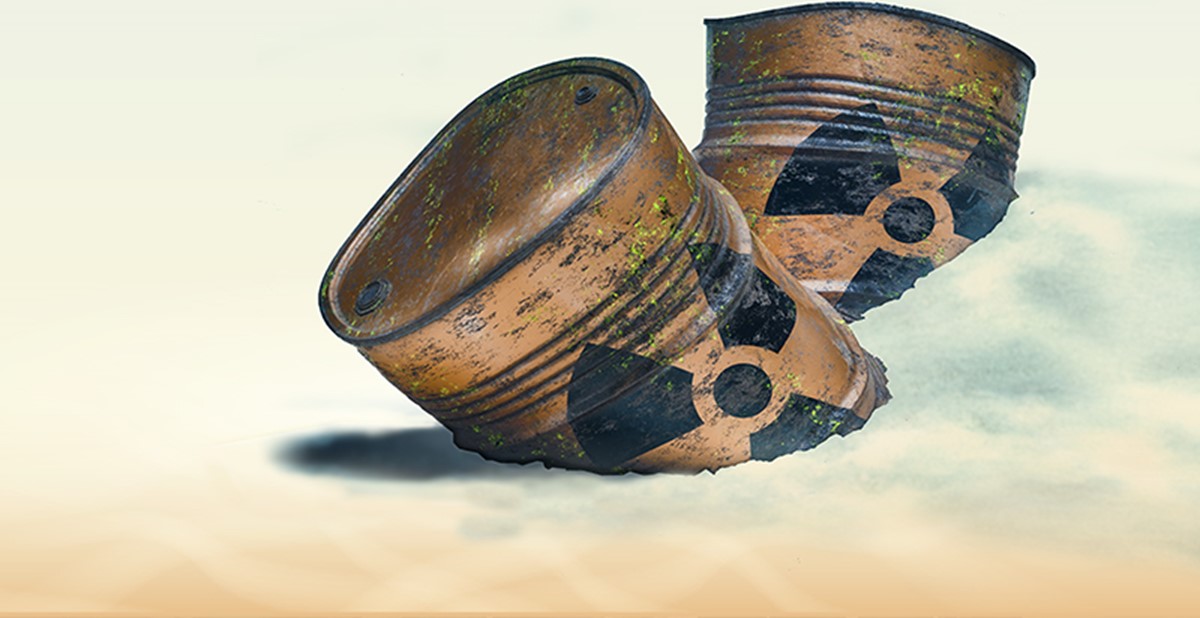Tech Talk: Instagrammable Moments Everywhere—But How Much Is Too Much?

In a wooded area in Novosibirsk, Siberia, lies an awe-inspiring sight: a bright turquoise lake reminiscent of the tropics, occasionally referred to as the “Siberian Maldives.” It’s a go-to destination for Instagrammers looking to capture the perfect selfie with backdrops akin to high-fashion photos taken on exquisite, faraway beaches. After all, when it comes to social media, it’s not so much the reality of something that counts, but the ability to distort it in a way that complements the image the user is trying to create.
The Siberian lake looks glamorous, so that’s all that matters—right? Wrong. Not only is the lake entirely manmade, but it was built alongside a hydroelectric plant as a waste disposal site, and its bold blue color comes from salts, calcium and oxidized metals in the lake, along with dumped chemicals. Visitors are not permitted to swim in the lake, and can risk chemical burns, severe sickness and even death if they do. The bottom of the “lake” is also claylike, so if visitors fall into the water, it’s difficult to get out.
The truth behind the Siberian lake is just one example of how not only Instagrammers, but models and newlyweds take photos in dangerous locations where all appears impressive and majestic, but the truth is far different. There are more than 250 reports worldwide of people losing their lives in attempts to take the “perfect” selfie, including several accounts of people posing on train tracks or falling from high bridges or scenic locations. In February, a Texas teen was severely injured after falling from the Margaret McDermott Bridge while trying to take a selfie with the Dallas skyline, and in May, 10 people died in one week due to overcrowding on Mount Everest from climbers shoving their way onto thin, ice-covered peaks to take selfies. It’s a sad truth but according to Fast Company, people are literally dying for the perfect shot.
This remains a very real problem, with users taking unimaginable risks on a daily basis for the perfect shot or to attract a large number of followers. Though most brands likely do not turn to extreme measures to advertise their products, some do—or give the illusion that they do—begging the question of whether the decisions surrounding aesthetics are pushing users to test their own limits of safety just to stand out. And here’s where promotional products can be particularly powerful.
In attempts to put a stop to this perilous behavior and to raise awareness with younger generations, public safety campaigns are popping up throughout the world to warn selfie-takers about potentially fatal photo areas. An example of this can be seen at the Grand Canyon, which features a series of signs about remaining alert, and tour guides reminding guests frequently to refrain from walking too close to the edge. During the Running of The Bulls event in Pamplona, Spain, individuals who attempt a selfie or video during the event can be fined upwards of $3,000. And those who do manage to snap a quick (and dangerous) pic are finding their posts flagged by Facebook, YouTube and other social media sites for content that is potentially harmful—though a plethora of these extreme photos can still be found across platforms. Promotional products can be strategically used within campaigns targeting younger generations about the danger of extreme selfie-taking and the importance of their lives over the perfect shot. A tangible product that recipients can carry with them can serve as an ongoing reminder to make healthy and live-saving decisions.
–––––––––––––––––––––––––––––––––––––––––––––––––––––––––––––––––––
Danielle Renda is associate editor of PPB.

